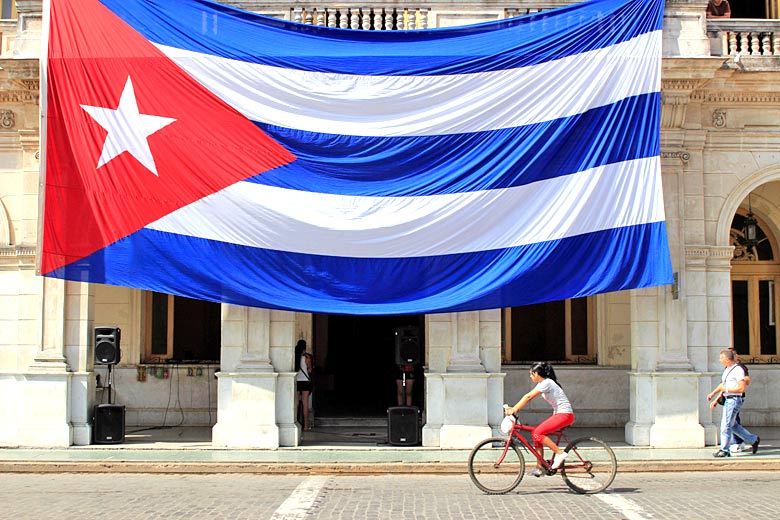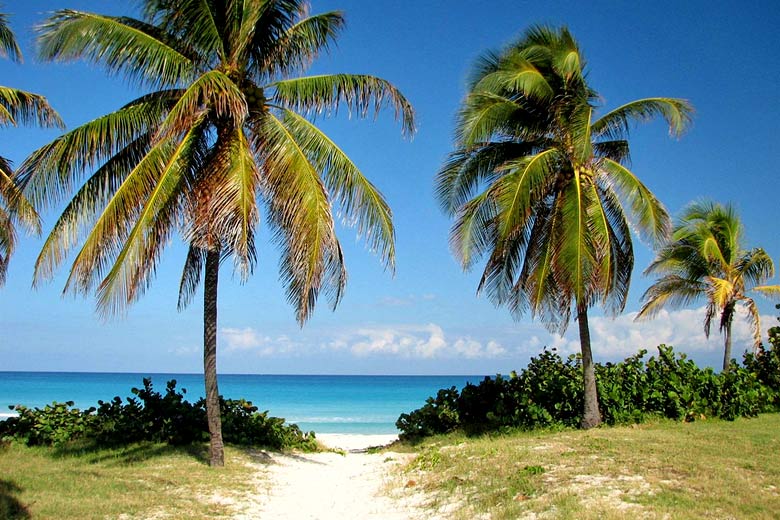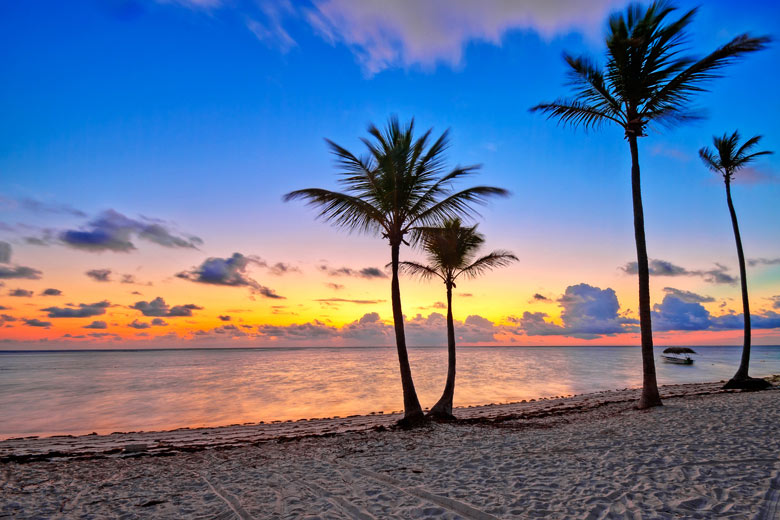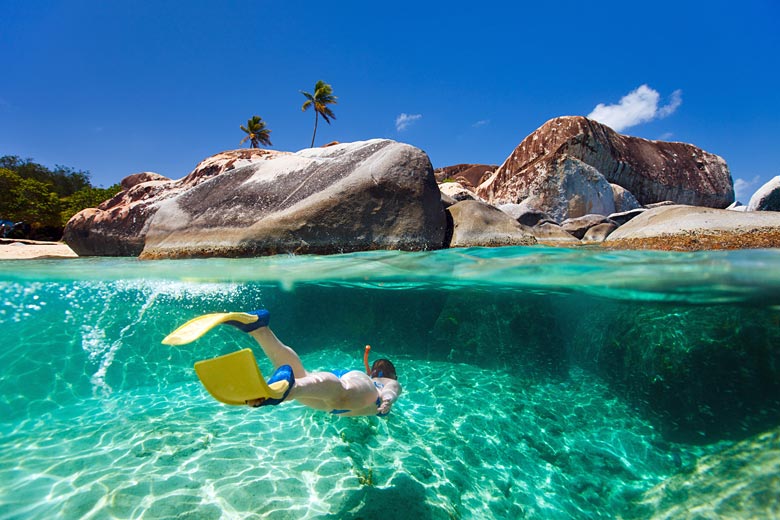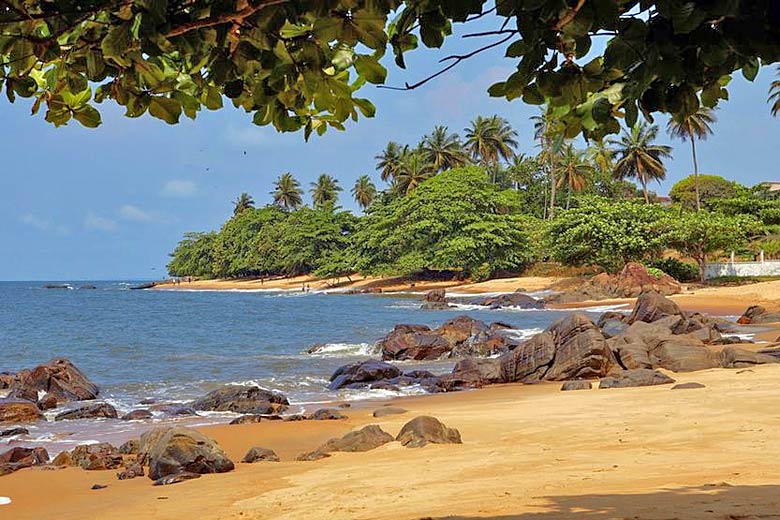- Book online & save up to 4% on Marella Cruises
- Discount varies by season. Book online with TUI
- Destinations across the Med, Caribbean & USA
Cuba weather by month
Check out Cuba weather averages by month. Compare detailed monthly climate statistics including temperature, rainfall and sunshine figures.
| Jan | Feb | Mar | Apr | May | Jun | Jul | Aug | Sep | Oct | Nov | Dec | |
|---|---|---|---|---|---|---|---|---|---|---|---|---|
| Maximum daytime temperature °F |  79 79 |
 79 79 |
 82 82 |
 84 84 |
 86 86 |
 88 88 |
 90 90 |
 90 90 |
 88 88 |
 86 86 |
 82 82 |
 81 81 |
| Hours of sunshine (daily) | ||||||||||||
| Days with some rainfall |  6 6 |
 7 7 |
 5 5 |
 5 5 |
 9 9 |
 13 13 |
 10 10 |
 11 11 |
 13 13 |
 13 13 |
 9 9 |
 7 7 |
| Sea temperature °F |  79 79 |
 77 77 |
 79 79 |
 79 79 |
 81 81 |
 82 82 |
 84 84 |
 86 86 |
 84 84 |
 82 82 |
 81 81 |
 79 79 |
More about Cuba
Cuba by month
Jan Feb Mar Apr May Jun Jul Aug Sep Oct Nov Dec
Recommended for Cuba
 Cruise deal finder
Cruise deal finder
The climate guide for Cuba (Havana) shows long term monthly weather averages processed from data supplied by CRU (University of East Anglia), the Met Office & the Netherlands Meteorological Institute. Find out more about our data sources.
Top Cuba destinations
Below are average maximum temperatures at popular countries, regions and places in Cuba for next month - May. Select a destination to see the climate guide for all months of the year.
All Cuba destinations
- Baracoa
- Camaguey
- Cayo Coco
- Cayo Ensenachos
- Cayo Guillermo
- Cayo Largo Del Sur
- Cayo Levisa
- Cayo Santa Maria
- Ciego de Avila
- Cienfuegos
- Guardalavaca
- Havana
- Holguin
- Jibacoa
- Maria la Gorda
- Matanzas
- Nueva Gerona
- Pinar del Rio
- Playa Giron
- Playa Pesquero
- Santa Clara
- Santa Lucia
- Santiago de Cuba
- Trinidad
- Varadero
- Vinales
Metric (°C) | Imperial (°F)
Cuba climate overview
Situated at the mouth of the Gulf of Mexico to the south of Florida and The Bahamas, Cuba is both the largest and the most northerly of the Caribbean islands. Up to the late 1950's it was a popular tourist destination especially for visitors from the United States.
With the Communist Revolution in 1959 that all came to an end. It was only in the 1990's after the collapse of the former Soviet Union that Cuba opened its doors once again to foreigners, but US citizens still face some restrictions on free travel to Cuba imposed by their own government.
The main island has three mountain chains, which support thick rainforest as well as cliffs, gorges, and caves; this beautiful landscape remains largely unspoilt. The remainder is mostly flat or with low hills. These lowlands are highly cultivated with extensive plantations of sugar, tobacco and coffee, as well as cattle pastures.
Coastal areas have stunning beaches as well as rugged shoreline. The beaches at Varadero to the east of Havana are probably the best known. Deserted island settings can also be found on many of the 4,200 coral cays and islets around the main island such as on Cayo Coco in the north and Cayo Largo in the west.
Cuba's main cities tend to be atmospheric and colourful with many magnificent Spanish colonial buildings in Havana, Trinidad, and Santiago de Cuba, the latter centred around a deepwater harbour with a dramatic mountain backdrop.
The tropical climate has a winter dry season running from November to April - a few showers are likely over the western tip of the island, but the east remains predominantly dry and slightly warmer than the west being that bit further south.
The rainy summer season lasts from May to October with thunderstorms a distinct possibility. Daytime temperatures show some seasonal variation, being slightly cooler in the dry season, however sea temperatures rarely fall below 25°C at any time.
Cuba is prone to hurricanes from July to October and occasional earthquakes have been known.
More about Cuba
Compare Cuba with the UK
Below the Cuba chart shows average maximum daytime temperature for Cuba (Havana) and the UK (London).
Maximum daytime temperature (°F)
Metric (°C) | Imperial (°F)
Be inspired
Get your weekly fix of holiday inspiration from some of the world's best travel writers plus save on your next trip with the latest exclusive offers
We promise not to share your details
Related posts
Popular travel offers
Explore holidays in the sun for less
- Beach holidays
- Family holidays
- City breaks
- Summer holidays
- Winter sun holidays
- Holiday offers
- Top travel brands
- Airlines & flights
- Discount hotels
- Airport parking deals
- TUI
- Jet2holidays
- easyJet holidays
- Love Holidays
- January sales
Airport parking
- Manchester Airport
- Stansted Airport
- Bristol Airport
- Luton Airport
- Birmingham Airport
- Edinburgh Airport
- Gatwick Airport
- Glasgow Airport
- Newcastle Airport
Airport lounges
- Manchester Airport
- Birmingham Airport
- Bristol Airport
- Edinburgh Airport
- Glasgow Airport
- Heathrow Airport
- Newcastle Airport
- Stansted Airport
- Gatwick Airport















